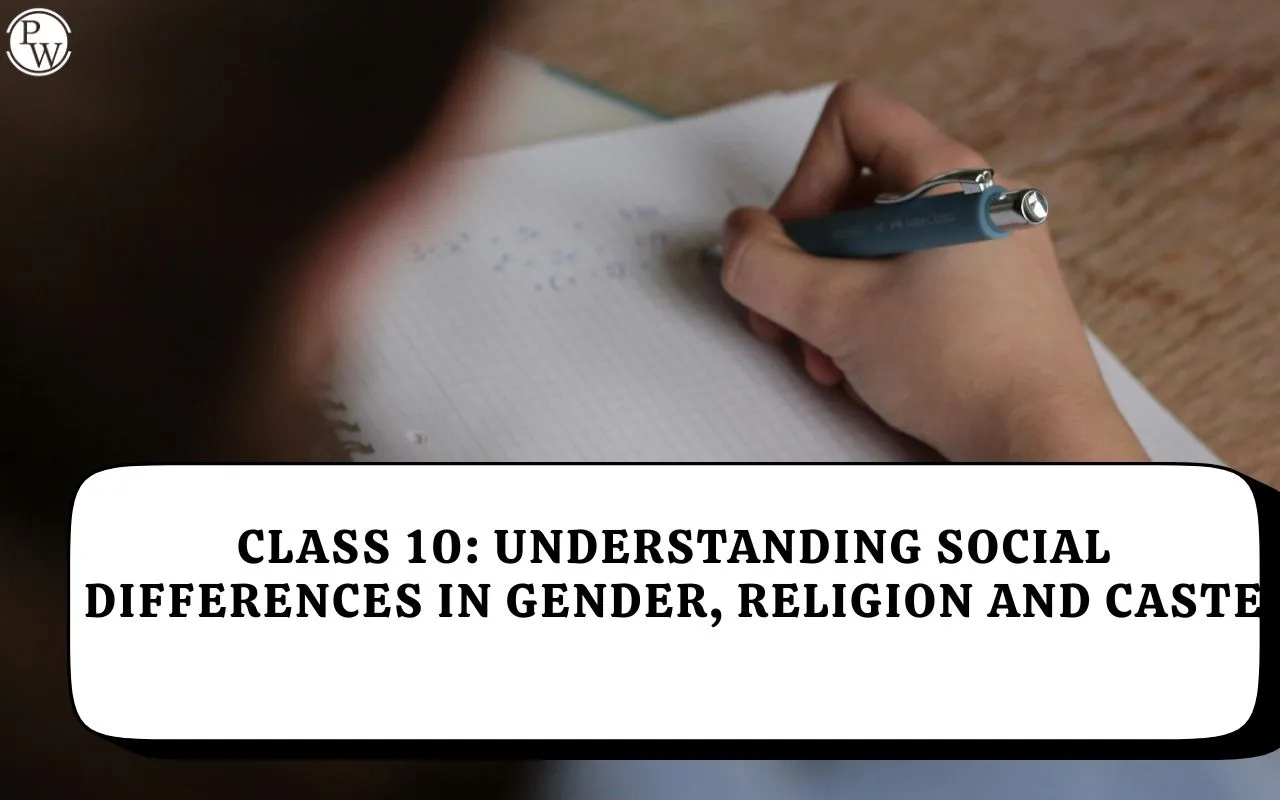

Social differences exist in every society and arise from variations in identity, background and social position. These differences often lead to divisions and inequalities. The commonly observed divisions relate to gender, religion and caste. These divisions influence social interactions and also shape political debates and demands.
Nature of Social Differences
People differ in many ways—gender, religion, caste, language and beliefs. Such differences have existed historically and continue to operate in modern societies. Some of these differences have resulted in discrimination. For example, women have faced unequal treatment due to a long history of patriarchal practices, and lower castes have faced social exclusion in many communities.
These differences create social division when one group is placed above another. This has contributed to unequal opportunities, unequal power and unequal resources within society.
Gender: A Social Division
Gender division is one of the most visible forms of social division. It is often treated as natural, even though most gender expectations are socially created.
Gender vs. Sex
Sex refers to the biological differences determined by reproductive organs. This is natural and unchangeable.
Gender refers to characteristics, behaviours and roles that society assigns to males and females. These expectations—such as “boys must be strong” or “girls should prefer certain colours or activities”—are not natural. They are created and reinforced by social beliefs, stereotypes and cultural practices.
Gender Roles and Stereotypes
Society assigns different roles to men and women. This division creates a public–private split:
-
Public life (work outside home, decision-making, politics) is associated with men.
-
Private life (household work, caregiving) is associated with women.
Household work is largely performed by women but rarely receives recognition or economic value. The same tasks, when performed professionally outside the home, are paid and valued, often performed by men. This shows a clear gender-based division of labour.
Idealised Images of Women
Cultural images often present an “ideal woman” as polite, obedient, hardworking and responsible for all domestic duties. Such images place unrealistic expectations on women and restrict their opportunities in public life.
Women’s Limited Role in Public Life
Historically, women had very limited access to public roles. They lacked political rights, including the right to vote or contest elections. Representation in elected bodies was minimal, and participation in leadership was rare.
Even today, the number of women in legislatures remains low. Issues related to gender equality are raised in politics because women continue to demand equal status, legal rights and political participation.
Emergence of the Feminist Movement
Women’s demands for equal rights, equal political status and legal protection led to organised movements across the world. These movements are collectively known as the feminist movement. The fundamental meaning of feminism is the demand for equality between men and women—not superiority of one over the other.
Religion and Caste as Social Differences
Along with gender, religion and caste also create significant differences in society. People may follow different religions such as Hinduism, Islam, Sikhism or Christianity. Caste-based differences have existed for centuries, dividing communities into hierarchical groups like Brahmins, Kshatriyas and others. These divisions have often led to discrimination and unequal treatment.
Conclusion
Social differences based on gender, religion and caste influence the structure of society. When these differences lead to unfair treatment, they create inequality. Political systems respond to these issues through demands, debates and reforms. Understanding these divisions is essential for building a more equal and just society.
